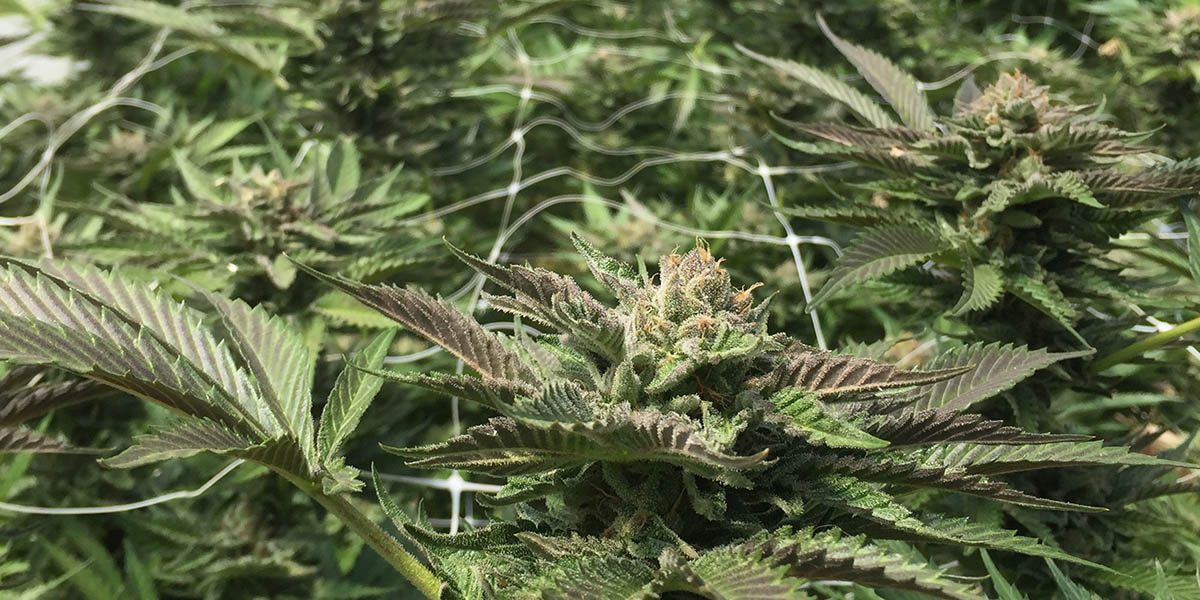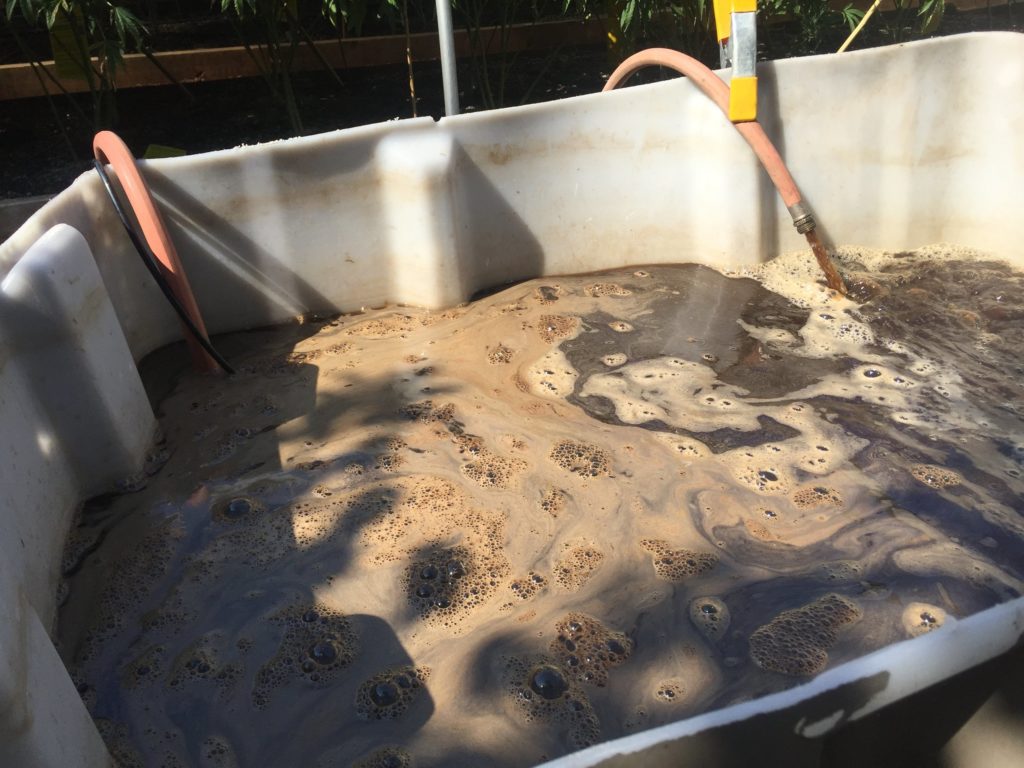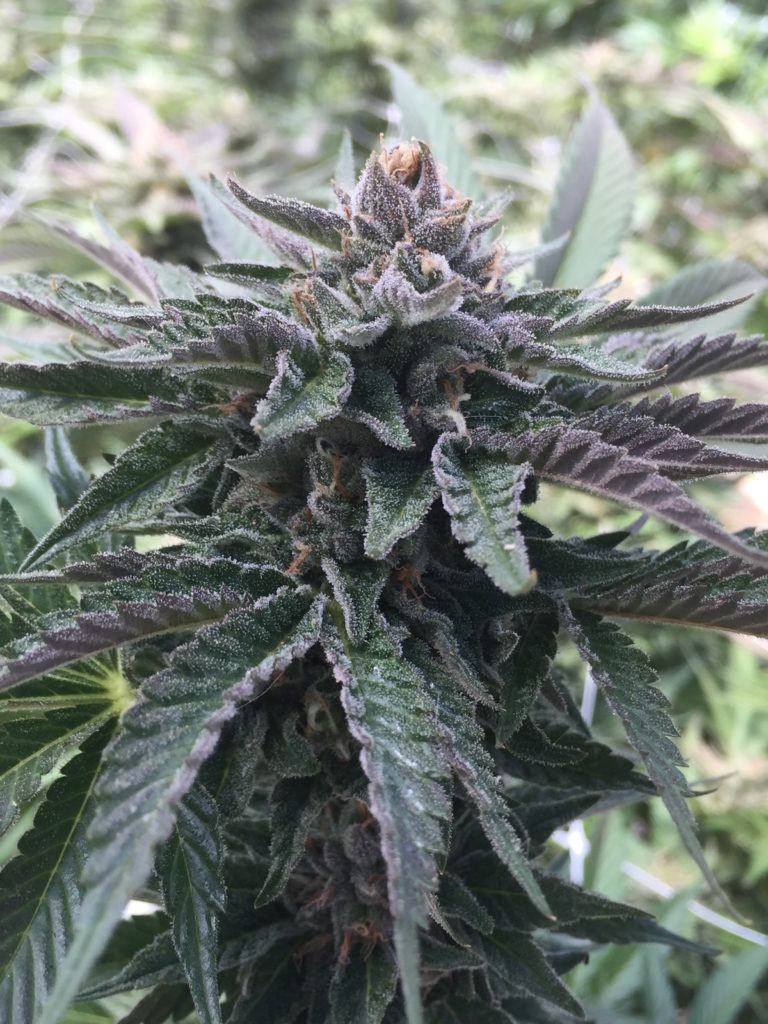Compost tea can be an effective strategy for balancing feeding schedules. But in the case of compost tea, more is not necessarily better. In fact, over application can actually cause significant soil imbalances. Many times, the problem of over-application of compost tea becomes compounded when the soil remains over-saturated for too long after the application of compost tea, especially if it is being used at every watering. If the microbes have a big boom cycle but then the soil is water logged, the bust cycle will lead to a much quicker anaerobic state, which can lead to a number of different problems.
There are many instances where compost tea is only applied 1x month to outdoor plants with excellent results. Just because you are seeing excellent results with compost tea, doesn’t mean that adding more will work even better.
Feeding Schedules for Rapid Growth
- Liquid Fertilizer
- Compost Tea
- Water
A very successful regime observed in Humboldt County involves transitioning between liquid fertilizers, compost teas and watering. So one would use their liquid fertilizer on the first watering, the second watering would be the compost tea and the third watering would be plain water. Depending on site specific conditions, you may want to repeat that schedule or mix and match in different patterns. Some growers dilute the tea and some apply it as full strength. Sometimes they mix it with liquid fertilizers. Some growers pre-amend their soils with organic fertilizers and then simply use compost tea periodically (~1x – 2x month) throughout the growing cycles.

Compost tea made with all liquid ingredients 
This compost tea was tank mixed with a few biostimulants just prior to watering. 
Cherry Zkittlez grown with compost tea
Whatever methods you decide to choose, know the backbone to any good compost tea is:
- Compost / Humus
- Worm Castings
All the additional ingredients you add will depend on your knowledge of the plants life-cycle and current soil biology. There are ways to brew grow teas, bloom teas, high bacterial teas, high protozoa teas and fungal teas. People use molasses, fish hydrolysate, frass, alfalfa, glacial rock, kelp, straw and many other ingredients, but the backbone always starts with a HIGH QUALITY compost or castings.
That’s the quick lowdown on compost tea feeding schedules, if you feel like you have something to add or would like to share your regimen, please utilize the comments below. Happy Brewing!!!
By: Russell Pace – President of the Cannabis Horticultural Association






